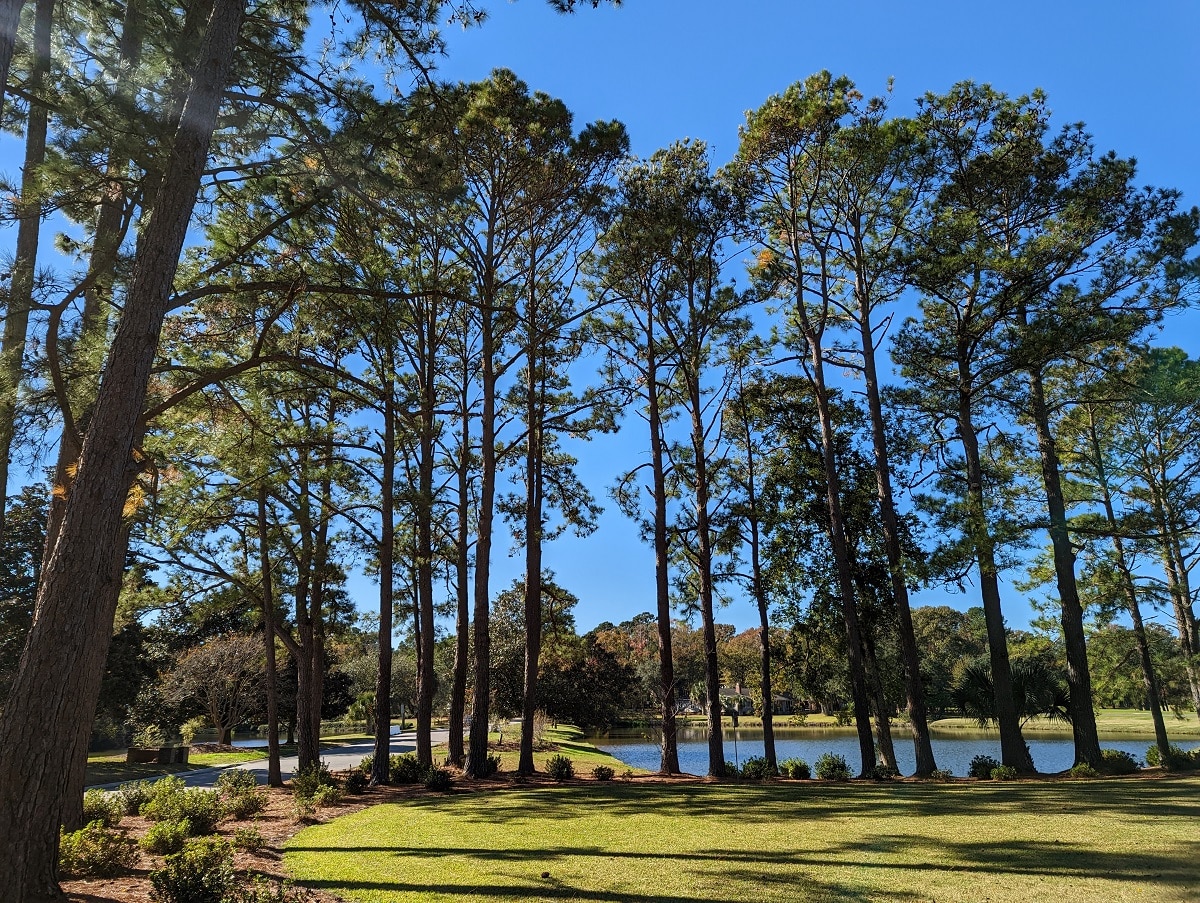South Carolina is home to many pine tree species, which makes it an ideal location for a pine lover and enthusiast to explore. The pines of South Carolina include Loblolly Pine, Longleaf Pine, Shortleaf Pine, Table Mountain Pine, Pond Pine, White Pine, Spruce Pine, Slash Pine, Virginia Pine, and Pitch Pine. They were the native species that have been in South Carolina for a good long time. Their names reflect the characteristics of the leaves and the location of origin. Pines can grow anywhere as long as they receive sufficient care against weather elements, especially when they are young. Here is another source: http://www.treesforme.com
Tree specialists and arborists can easily identify different pine type variations, but the South Carolina varieties seem similar when anyone else sees them. With a keen eye, it is possible to see some leaves are longer on some trees and short on others. The spacing also differs slightly and this at the most visible signs of differing species. Still, these needles can only be compared when different pines grow side by side. Most pines grow in one area together naturally or as planted trees by humans. Another visible difference in the types is on the cone. Some cones like on the Table Mountain pine have a strong, stout spine.
The Slash pine variety is one of the fastest growing, and it also happens to share a botanical heritage of South Carolina. It was named after a famous botanist. It has also been planted across the Coastal Plain. On the other hand, the Virginia pine seems to bulldoze its way into relevancy by colonizing disturbed grounds like storm damaged forests. Its commercial uses are limited because it does not yield good timber as the other pines.
Some pines were introduced in South Carolina, and while they are today referred as belonging to the area, they remain exotic when classified according to their origin. They include Scotch Pine, Sand Pine, and Japanese Black Pine. Scotch came from Europe and Asia, and it was desired for its excellent timber quality. It is also a good choice for Christmas trees because of its needle leaves that are clustered. It is also easy to cultivate in commercial farms. The Sand pine can be noted by its 4-5” long needles. They are slightly twisted. They take a light green color and spread out. The Japanese Black is ornamental. It provides an attractive landscape view, and it is tolerant to salt spray and wind. Its needles are also very tall, reaching 5 inches.
Last modified: November 29, 2022




